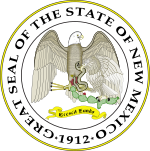
The Christian Church (Disciples of Christ) is a mainline Protestant Christian denomination in the United States and Canada. The denomination started with the Restoration Movement during the Second Great Awakening, first existing during the 19th century as a loose association of churches working towards Christian unity, then slowly forming quasi-denominational structures through missionary societies, regional associations, and an international convention. In 1968, the Disciples of Christ officially adopted a denominational structure at which time a group of churches left to remain nondenominational.

Glen Travis Campbell was an American country singer, guitarist, songwriter, and actor. He was best known for a series of hit songs in the 1960s and 1970s, and for hosting The Glen Campbell Goodtime Hour on CBS television from 1969 until 1972. He released 64 albums in a career that spanned five decades, selling over 45 million records worldwide, including twelve gold albums, four platinum albums, and one double-platinum album.
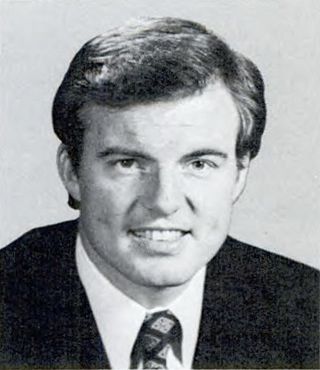
James Guy Tucker Jr. is an American former politician, businessman, and attorney who served as the 43rd governor of Arkansas from 1992 until his resignation in 1996 after his conviction for fraud during the Whitewater affair. A member of the Democratic Party, he previously served as the 15th lieutenant governor, state attorney general, and as a U.S. representative.

Tanya Denise Tucker is an American country music singer and songwriter who had her first hit, "Delta Dawn", in 1972 at the age of 13. During her career Tucker became one of the few child performers to mature into adulthood without losing her audience; she had a streak of top-10 and top-40 hits. She has had several successful albums, several Country Music Association award nominations, and hit songs including 1973's "What's Your Mama's Name?" and "Blood Red and Goin' Down", 1975's "Lizzie and the Rainman", 1988's "Strong Enough to Bend", and 1992's "Two Sparrows in a Hurricane". Tucker's 2019 album While I'm Livin' won the Grammy Award for Best Country Album, and "Bring My Flowers Now" from that same album won Tucker a shared songwriting Grammy for Best Country Song.

New Navarre was at first an informal name given to the silver-mining region north of Sinaloa. Just before his death in 1711, the Jesuit Eusebio Kino drew a map of the area with that name. Nuevo Navarre would have included the Pimeria Alta, where Kino spent 24 years establishing missions, along with the Navarrese Juan Matheo Manje. Later Nueva Navarra was a province in the Provincias Internas, one of the frontier provinces of the Viceroyalty of New Spain. Brigadier Pedro de Rivera, who visited the northern presidios from 1724 to 1728, suggested to the viceroy Juan de Acuña, Marquis of Casafuerte, the political and administrative reorganization of the northwest provinces. The viceroy supported the idea, and it was approved by Philip V of Spain in 1732, and executed the following year with the appointment of the first governor, Manuel Bernal de Huidobro, at that time mayor of Sinaloa. In the branches of government, finance and war, the governor was directly subject to the viceroy, while the field of justice was under the jurisdiction of the Royal Audience of Guadalajara of the Viceroyalty of New Spain. By 1806, the province was generally recognized as Sonora or Nueva Navarra, with the capital in Arizpe, and including the area comprising Sinaloa. After Independence Sonora y Sinaloa became one of the constituent states of the Mexican Republic. The Sonoran Desert ecoregion covers much of the state.
William Tucker was a British convict, a sealer, a trader in human heads, an Otago settler, and New Zealand’s first art dealer.
James Kelly (1791–1859) was an Australian mariner, explorer and port official.
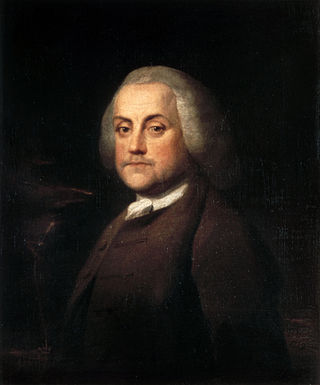
The Albany Plan of Union was a rejected plan to create a unified government for the Thirteen Colonies at the Albany Congress on July 10, 1754 in Albany, New York. The plan was suggested by Benjamin Franklin, then a senior leader and a delegate from Pennsylvania. Franklin spent much time among the Iroquois observing their deliberations and pleaded with the colonial leaders to consider the plan. More than twenty representatives of several Northern Atlantic colonies had gathered to plan their defense related to the French and Indian War (1754–1763), the front in North America of the Seven Years' War between Great Britain and France, spurred on by George Washington's recent defeat in the Ohio valley. The Plan represented one of multiple early attempts to form a union of the colonies "under one government as far as might be necessary for defense and other general important purposes." The plan was rejected but it was a forerunner for the Articles of Confederation and the United States Constitution.
The following lists events that happened during 1817 in New Zealand.

John Moren Campbell was an American politician who served as the 21st governor of New Mexico from January 1, 1963 until January 1, 1967.
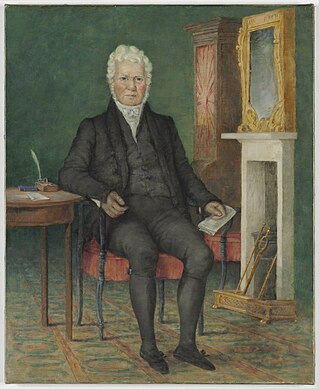
Robert Campbell (1769–1846) was a merchant and politician in Sydney. He was a member of the first New South Wales Legislative Council. Campbell, a suburb of Canberra was named in his honour.
Crassispira cortezi is a species of sea snail, a marine gastropod mollusk in the family Pseudomelatomidae.
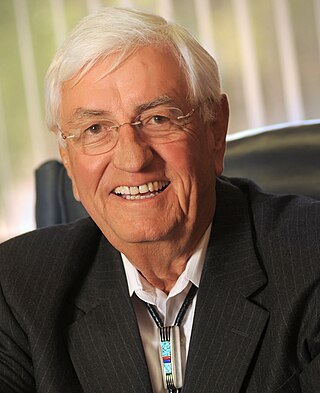
The 1986 New Mexico gubernatorial election took place on November 4, 1986, in order to elect the governor of New Mexico. Due to term limits, incumbent Democratic governor Toney Anaya was ineligible to seek a second term as governor. This was the last time until 2022, that the state elected a governor of the same party as the sitting president.

The 1966 New Mexico gubernatorial election took place on November 8, 1966, in order to elect the Governor of New Mexico. Due to term limits, incumbent Democrat Jack M. Campbell could not run for reelection to a third term.

The 1962 New Mexico gubernatorial election took place on November 6, 1962 to elect the Governor of New Mexico. Incumbent Republican Edwin L. Mechem ran for reelection to a Sixth term Against Democrat Jack Campbell. Campbell Defeated Mechem 53%-47%

The 1958 New Mexico gubernatorial election took place on November 4, 1958, in order to elect the Governor of New Mexico. Incumbent Republican Edwin L. Mechem ran for reelection to a Fourth term Against Democrat John Burroughs. Burroughs Defeated Mechem 50.5%-49.5%

The 1956 New Mexico gubernatorial election took place on November 6, 1956, in order to elect the Governor of New Mexico. Incumbent Democrat John F. Simms ran for reelection to a second term.
Lioglyphostoma crebriforma is a species of sea snail, a marine gastropod mollusk in the family Pseudomelatomidae, the turrids and allies.

The 2004 United States House of Representatives elections in New Mexico were held on November 2, 2004 to determine who will represent the state of New Mexico in the United States House of Representatives. New Mexico has three seats in the House, apportioned according to the 2000 United States census. Representatives are elected for two-year terms.
Ed V. Mead was an American politician and businessman who served as the 17th Lieutenant Governor of New Mexico under Governor John Burroughs.

